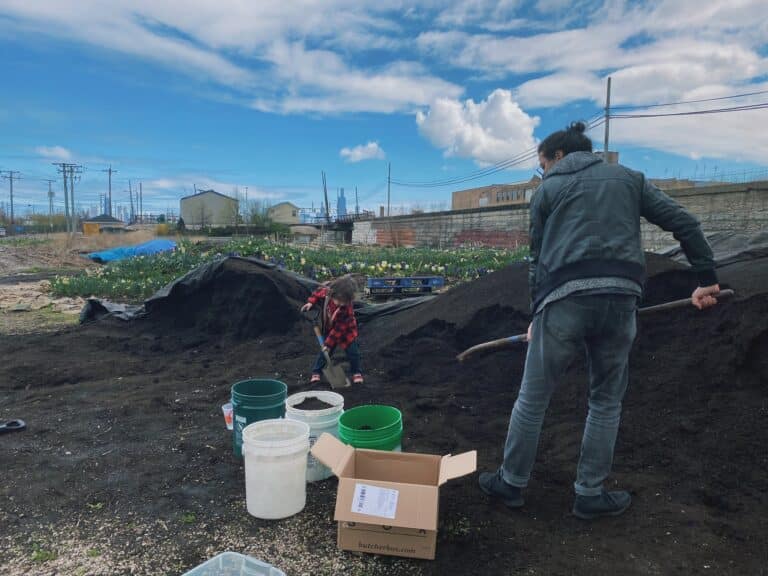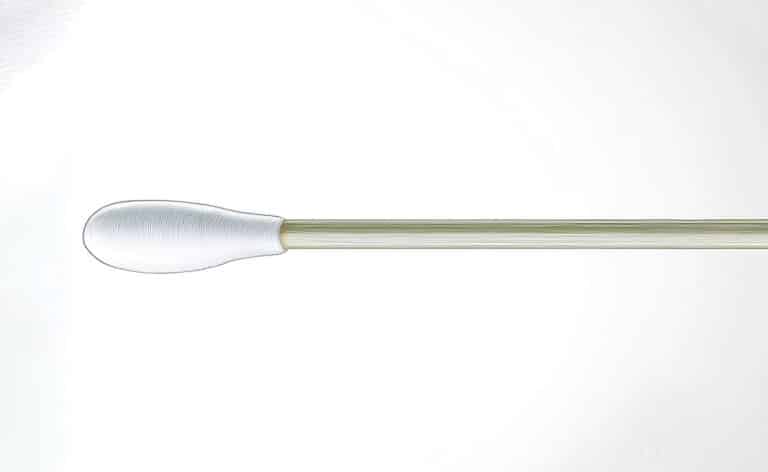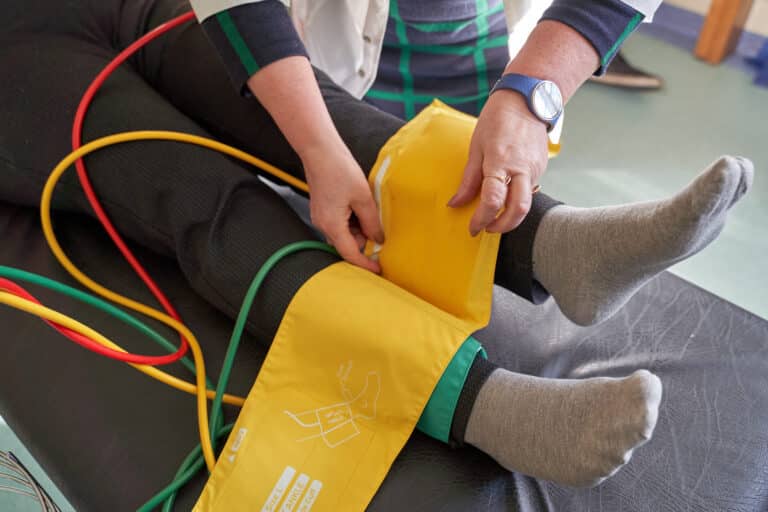Skiing and snowboarding offer a way to stay fit, and an adrenaline rush — but know your skill level to prevent injury
Kirstin Brown started skiing when she joined her middle school ski club. School ski trips took her to Lake Geneva, Wisconsin and other local resorts over the years.
In high school, Brown began snowboarding, which quickly became her favorite sport. “It took me a solid year to get used to it, and then I snowboarded every weekend,” she says. Learning how to stop was her biggest challenge. “I had one solid year of falling,” she says.
Brown, 33, fell on her knees so many times that during her junior year, she tore her meniscus — cartilage in the knee that acts as a shock absorber. “It was the end of winter, and my knees were hurting from snowboarding,” she says. Then, she slipped on ice and underwent knee surgery.
The following winter, Brown got back on the slopes and hasn’t stopped. In fact, she’s racked up even more injuries: She’s bruised her tailbone, endured a permanent dent in her hip, and suffered a concussion. But she keeps at it.
What makes skiing and snowboarding risky?
Variations in terrain and changing weather conditions can create unseen and unexpected hazards, says Djuro Petkovic, MD, shoulder, elbow, and sports medicine specialist at Illinois Bone & Joint Institute.
Additionally, the risk of injury is high in both sports because they involve pivoting and twisting the knees, often leading to ligament injuries. “In addition to this, these are often times enjoyed by the occasional athlete who may not be in the best condition or may be out of practice at the sport, which can increase the risk of injuries,” says Vishal Mehta, MD, president and managing partner of Fox Valley Orthopedics in Geneva.
The most common injuries that occur while skiing are knee tears of the medial collateral ligament (MCL) and anterior cruciate ligament (ACL), says Marc Breslow, MD, a sports medicine orthopedic surgeon who specializes in knees, shoulders, and fracture care at Illinois Bone & Joint Institute. According to a study in Turkey, the knee accounted for 31.2% of ski injuries, followed by the shoulder (21.6%), and foot and ankle (14.9%).
“Because your ankles are locked into the boot, all the force is going through your knee, so the challenge is if the binding doesn’t release appropriately and causes the ski to torque against the ground and twist your knee,” Breslow says.
Skiers can also develop lower back pain due to improper landing on jumps, as well as skier’s thumb — an injury to a ligament of the thumb, which occurs when the pole is firmly in the ground and the skier propels forward.
Snowboarding injuries often involve the wrists, elbows, and shoulders because both feet are locked into the board, forcing the upper body to embrace a fall. Another condition, an ankle break known as snowboarder’s fracture, “is relatively rare but can be easily missed on X-rays alone,” Petkovic says.
And as Brown experienced, concussions can occur with snow sports. According to a study published in the journal Concussion, 19.25% of respondents reported one or more diagnosed concussions and suspected concussions respectively due to skiing or snowboarding.
While nothing can prevent injuries related to skiing and snowboarding completely, keeping awareness of potential injuries before and during the season helps reduce your risk.
And despite her own injury history, Brown, in Grayslake, says she doesn’t plan to stop anytime soon.
“Snowboarding makes the winter bearable, especially when it’s not freezing or icy. I love getting my adrenaline going,” she says.
She plans to teach her children how to snowboard, too. “We’re going to live here forever, so why not enjoy the winters?”
Originally published in the Fall 2024/Winter 2025 print issue.

Cathy Cassata specializes in health, mental health, and human behavior. She connects with readers in an insightful and engaging way.










